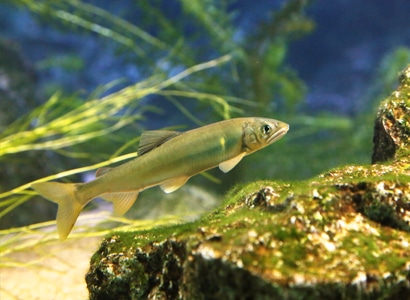Second Floor- Waterfront Journey
The world’s many rivers, lakes and coastlines have all in common the presence of water. A large number of living creatures-not only fish and invertebrates, but also aquatic plants and frogs, snakes, turtles and many mammals-live by the water, and a wide variety of ecosystems exist. Here you can discover the lifestyles of the living creatures who have adapted to each of these ecosystems
Highlight
Lake Seals
In the middle of winter the Baikal lake is partially covered with thick ice under which live the Baikal seals. Temperatures in the water are actually warmer than those on the ground, which are below freezing. The seals’ leisurely swimming informs us that this apparently harsh environment is actually like an oasis to them. When the lake surface is covered with ice, Baikal seals use the strong claws at the end of their forepaws to scratch the ice and make holes in it. The size of the holes varies depending on their use. Holes for breathing, which the seals accomplish by sticking their noses out of the frozen surface, are about 10 cm in diameter, while holes used for crawling in and out of the ice have a diameter of between 40 to 50 cm. In this tank you can observe Baikal seals under the same conditions as in the Baikal lake in the middle of winter.
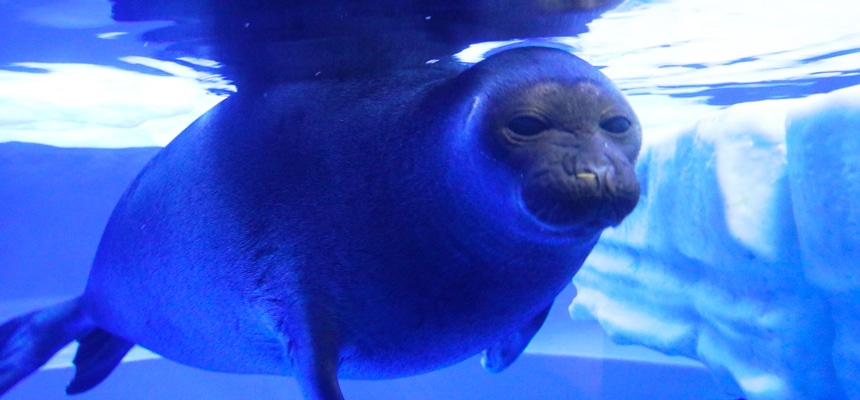
Aqua plants
Did you know that the glittering bubbles attached to aquatic plants are actually oxygen bubbles? Aquatic plants typically absorb sunlight in order to convert carbon dioxide into oxygen and produce nutrients out of the impurities in the water. The bubbles gleaming like pearls are evidence that this purification process is being carried out.
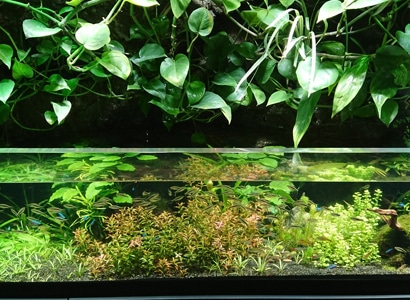
Mangrove forest
The "Mangrove" forests found in estuaries at the confluence of sea and rivers are home to a wide variety of living creatures. The roots of the Rhizophora mucronata (species of mangrove) extend into the water and attract small fish and fish larvae, while in the mud flats, left exposed by the retreating tides, southern Japanese mudskipper (Periophthalmus argentilineatus) and fiddler crabs can be observed.
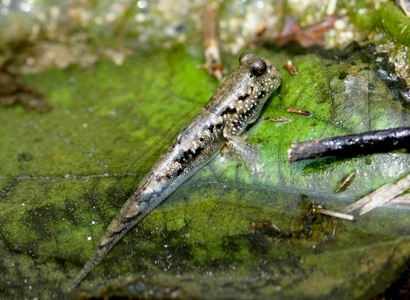
From water to land - Amphibian world
During prehistorical times, some fish moved ashore and evolved into amphibians. While gills evolved into lungs and fins turned into limbs, the new creatures were however unable to completely detach themselves from the water. Extensions of land next to water, the natural habitat of frogs, newts and salamanders, reveal all the rich variety of the amphibian world.
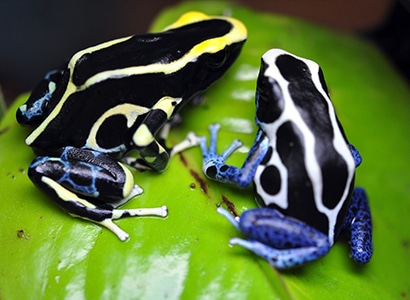
Fresh Streams of Japan
The rain falling on the surface of the earth penetrates into the ground, and after a certain time, resurfaces again as clear spring water. This constant flow of clear, crystalline water, nourishes a wide variety of living creatures that live by the water, like fish and aquatic plants. This tank reproduces the environment of clear water springs, one of the symbols of Japan, and offers the chance to observe the creatures that make their home there.
